Shimano’s Dura Ace R9100P Power Meter
In early 2018 Shimano started sending prototype Dura Ace power meters to key influencers who wrote more fulsome reviews than I’ll write today. That power metered crankset, the Dura Ace R9100P, is no longer a prototype. You can buy it now and I’m going to write about the installation and pairing process, and specs, and a little bit about why Shimano making this kind of power meter is important.
First let’s talk about the cost. This PM, just the PM, sells for around $975. The deuce I say! The price is more like $1,500! (Or $1,300 if you’re a prudent shopper.) Yes, that’s true. The cost for this integrated crank + 2-sided power meter is in the typical range. A SRAM Red AXS + Quarq is about $1,200. A ROTOR 2INpower costs about $1,400. This Dura Ace unit is in that $1,300 to $1,500 range, street price, depending on seller.
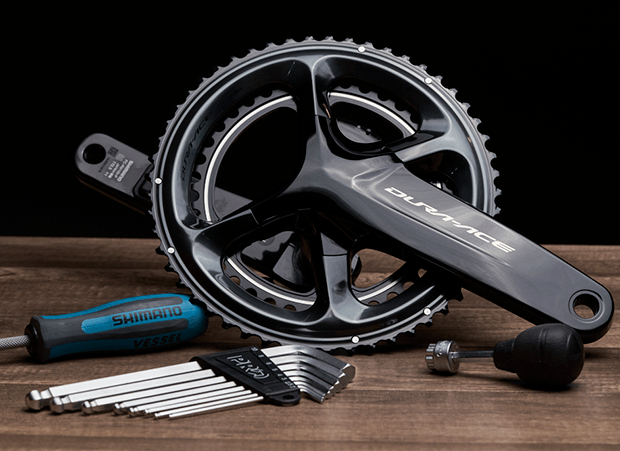
Why do I maintain that the cost is under $1,000? When you get a Stages power meter, or the about-to-be-discontinued Pioneer, you get just the power meter. When you get a Garmin Vector or PowerTap pedal you also get a set of pedals. With this Shimano unit you also get a world-leading crankset. It's hard to ride a bike without a crank and pedals. According to my math you have to account for that.
The images you’re seeing here are of this power meter in a 170mm crank arm length, and is the doppelganger for an un-power-metered 170mm Dura Ace 9100 crankset that I had on a Cervelo P3X in the image below. (That $900-ish price figure I'm quoting is the incremental difference between the power meter crank I put on this bike and the Dura Ace crank it replaced.)

Out came the instructions and I commenced work. I uninstalled the originally spec’d crank and installed this new power meter crankset. What’s on the bike now is the same industry-leading crankset, just with the power meter factory installed.
Obviously it’s not financially efficient to end up with an orphaned crankset in your hands. I assume the eventual play is for Shimano to have its PM spec’d as original equipment when you buy your bike. SRAM/Quarq, Specialized/4iii, and Shimano are all candidates for this, as well as (soon, if not now) FSA and Giant (which is adding it’s PowerPro to Shimano’s cranksets). We’ll see where Shimano’s power meter goes from here, and who would be surprised if, in a year or so, there’s an Ultegra version?
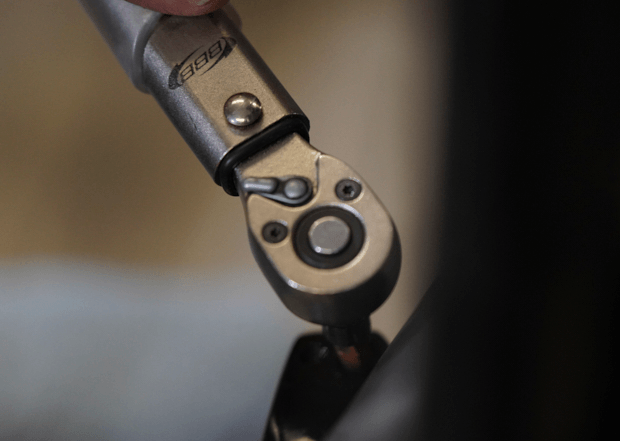
You have a pair of 5mm pinch bolts on the off-side crankarm. Back them off, take off that crank arm, and then the drive-side arm pulls out the other side (with the spindle attached). The spindle is hollow. When you replace this with the new crank that has the power meter installed, the spindle isn’t hollow anymore. It’s got a battery and some electronics in it. (When you do replace it, per the image above, it's tightened to about 13 newton meters.)
I’ll get to the battery in a moment. The device has strain gauges in both crank arms, but the unit is hardwired left to right, thru the BB. The data from both sides are aggregated and there’s a single wireless transmitter.
Before you put the crank on you need to stick a magnet to your frame, on the drive side, to measure cadence. You do this with (included) 2-sided tape. There’s a gauge Shimano gives you to show exactly how far away from the bottom bracket this magnet must go.

Shimano includes both a white and a black plastic magnet cover, to give you a cosmetic choice. Also included are 2 pieces of 2-sided tape, so, you can make a mistake and have a second bite at that apple. In my opinion, you’d best look at the clearance between the inner chain ring and the chain stay before you decide to place the magnet. There’s a pretty good chance you won’t have clearance for the inner ring. I put my magnet on the other side, toward the down tube.
This magnet is an anachronism to some. The PM is top cabin in a number of ways (battery life, it’s integration into an industry-leading crank). The magnet on the frame is to log cadence. Wouldn’t Shimano solve this with an accelerometer in the crankarm? Shimano views the magnet as a feature. It thinks adding an accelerometer is an unneeded complication. Fair to say others feel differently.
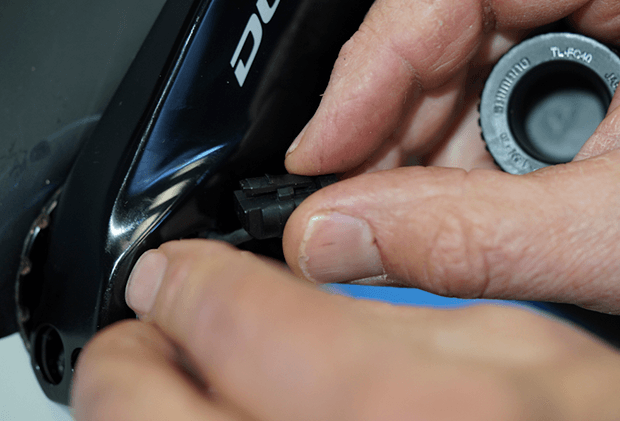
Why does this crank weigh 70 grams more with the power meter than without? Because of that battery. This PM weighs about an ounce more than a lot of other PMs but this one’s got 300 hours of claimed battery life, and that’s about double the life of a typical dual-sided PM, and triple the life of some other PM platforms. And, like the ROTOR 2INpower meter – also a crank-based PM that includes the crank – you don’t need to replace the coin-type battery, you just recharge it with a proprietary magnetic USB port that’s easy to access on the crank.
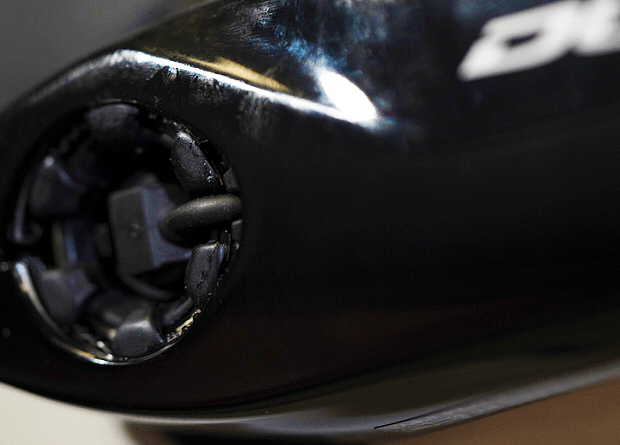
The installation of the power meter crank is just like the standard crank, until you get the left side crank on, and you’re ready to ride. Instead of the typical Shimano dust cover for these cranks, there’s an alternate piece that screws in, and a plug that snaps in. In the 2 images above you can see what it looks like on left (not drive) side with the electrical connection about to be made, and then after it's successfully snapped in. It's intuitive and easy. Then you have a dust cap and you’re done.
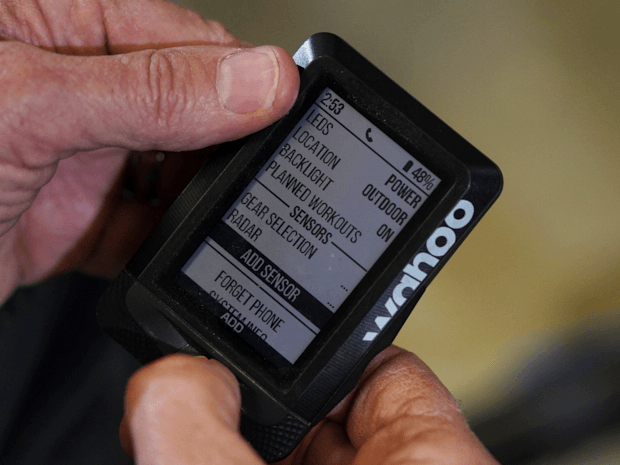
The head unit I had close at hand was a Wahoo ELEMNT, and I had the unit paired in less than a minute. I used the Wahoo ELEMNT app in my iPhone, and as you see from the image my ELEMNT had already paired with the P3X’s electronic shifting, and to Garmin's Varia rear radar (present on every bike I ride that ever sees the pavement).
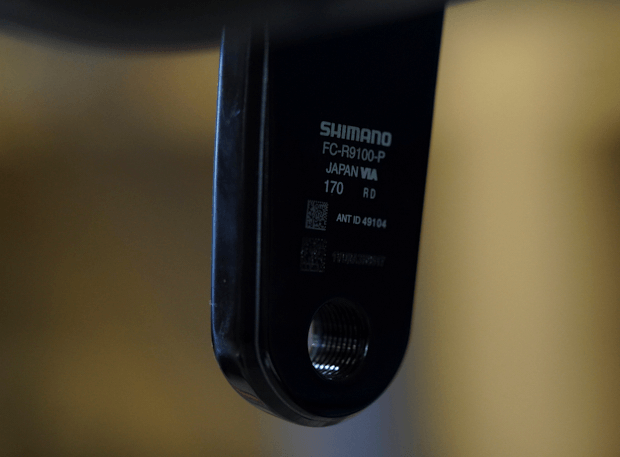
The ELEMNT then paired to a device it termed “power” (see below) and just to make sure it paired to the power meter in question, you can see that in Wahoo’s app the specific ANT+ ID of the unit was referenced. You’ll find the ANT+ ID of power meter on the inside of the left side crank arm (above).

If you click that chevron on the ELEMNT app just to the right of the ANT+ ID, you’ll be given the opportunity to change the name of the device. I did so, to “Dura Ace”, and it automatically changed the name of the device on the ELEMNT (above). This whole process of pairing, and name selection, took me another 5 or at most 10 minutes.
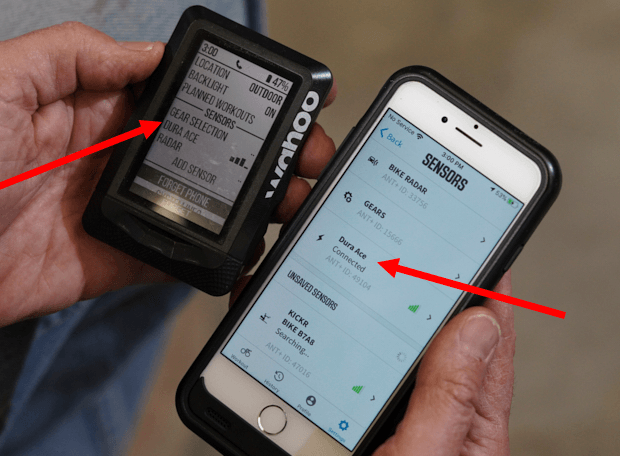
Shimano’s power meter connects via Bluetooth. But, just when pairing. When it sends a data transmission to the head unit it does with via ANT+.
You charge it with the included cable, and it's charging in the image below.
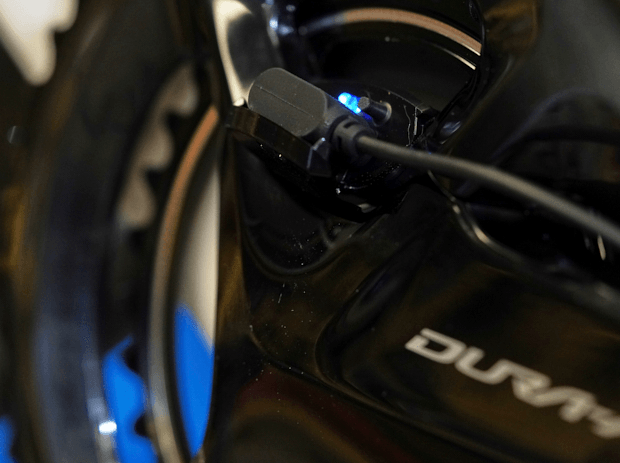
This device is supported by Shimano’s E-Tube Project and zero-offset calibration can be executed thru that app. But not really (if I understand this unit correctly). “Executing” it thru the app just means you get to that place in the app where the app tells you how to do it. Which does not require the app. And which is monumentally easy. You simply place the bike, level and upright, with the drive side crank arm pointing at 6 o’clock and press the button on the PM pod. Keep the button depressed, like you’re activating Bluetooth. That’s it. It’s zero-offset calibrated. It takes 5 seconds.
Claimed accuracy is +/- 2°, and Shimano is confident that its units are both accurate, and are consistent from one of its units to another. Mind, the influencer class is not yet convinced. DC Rainmaker recently wrote that this power meter has been, “widely regarded as the least accurate mainstream power meter in 2020.” Is that fair? Meaning, are arbiters united in this view? And, is the power meter inaccurate, or are the opinionators inaccurate? I don’t know. Yet.
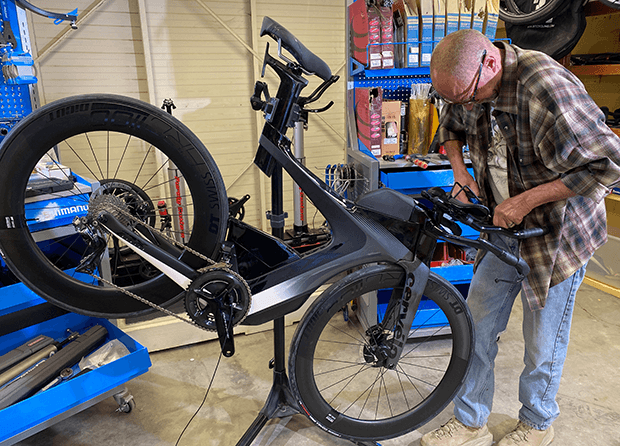
Ray answers a particular question for every power meter in his (excellent, and) most recent Power Meters Buyer’s Guide, “Would I buy it?” When Ray doesn’t much like a power meter one way he often answers this question is, “It’s tough.” He’s less equivocal about the Shimano. Would Ray buy it? “I can’t see a scenario where I would.”
About the accuracy of this PM, I’m not confident I can speak with authority. (I'll be on more firm footing in future installments on this PM.) But it seems to me that any accuracy issues are minor, are limited to one side, and not to the PM specifically, rather to crank-based PM affixed to this crank platform, including but not limited to Giant’s PowerPro. (I would defer to Shane GPLama Miller's superior knowledge of this).
Finally, I did keep an eye out for something and was stymied in my search for it. The long part of a decade ago Shimano bought Bikefitting.com and in 2013 it delivered a new fit bike. The one really new and notable thing about this bike was the crank, what that crank measured, and the analysis that came from it. I wrote about this back then, and thought aha! This is the first sighting in nature of Shimano’s interest in power meters! But I don’t see any analysis/ecosystem tools that accompany the product I’m writing about today. Then, of course, came the transfer of Pioneer’s cycle sports business to Shimano and this – certainly! – is the analysis/connectivity ecosystem to be ported into the Shimano power meter suite. But so far Shimano has had nothing to say about the point of this acquisition. Not that it's Shimano's job to provide analytics, just, what it did for its fit bike back in 2013 got me warmed up to the idea it might.
This is my intro to the R9100P. This power meter is not done with me. I plan to use this device for a number of features upcoming. As much as I like the concept of a hub-based PM, it looks increasingly to me as if you’re going to get your PM either through the pedal, or you’re going to get it OE on the bike you buy, and the real battle for OE PM spec may be between bike makers who make their own PMs (e.g., Giant and Specialized) and groupkit makers (Shimano, SRAM, FSA).
This strategic question (always my favorite topic) adds intrigue to the Dura Ace R9100P. Shimano has a plan. I’m not always sure what it is, but it has one. At some point I assume there’ll be electronic shifting for its 105 groupset; there’ll be an Ultegra power meter; and I think I can see where this is going.
[IMAGES: Eric Wynn & Slowtwitch Media House]


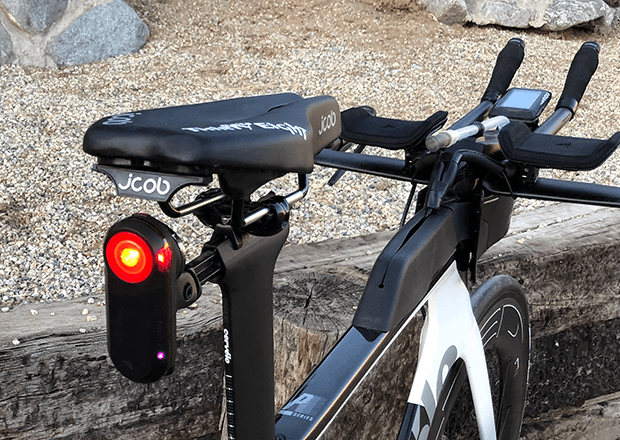
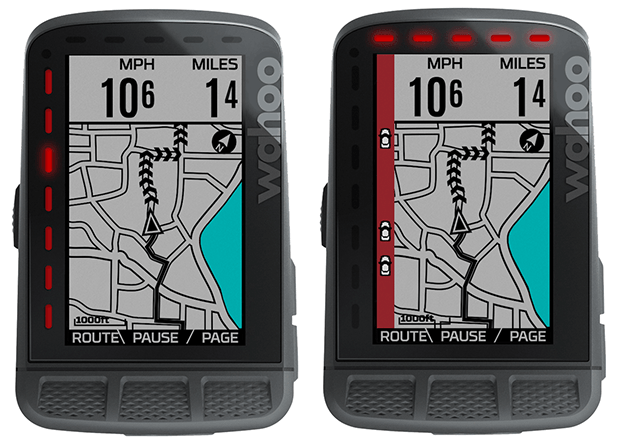
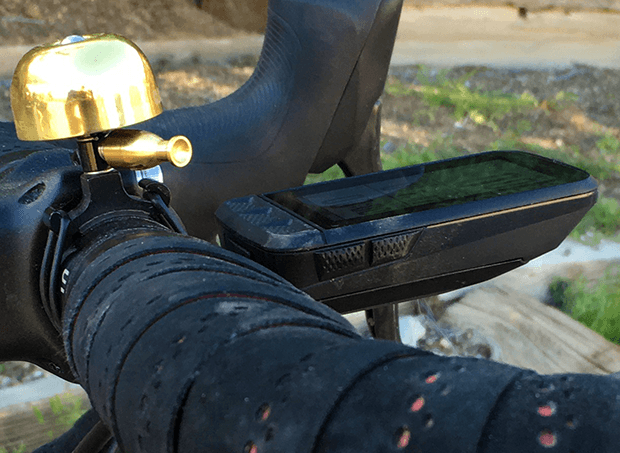
Start the discussion at slowtwitch.northend.network